A complete guide to cooking with olive oil that answers all your questions: Can you cook with extra virgin olive oil? What about the olive oil smoke point? Is it safe to sear, sauté, or fry using olive oil? Does cooking with olive oil change how healthy it is? Throughout, I’ll also share some of my favorite recipes where olive oil shines.
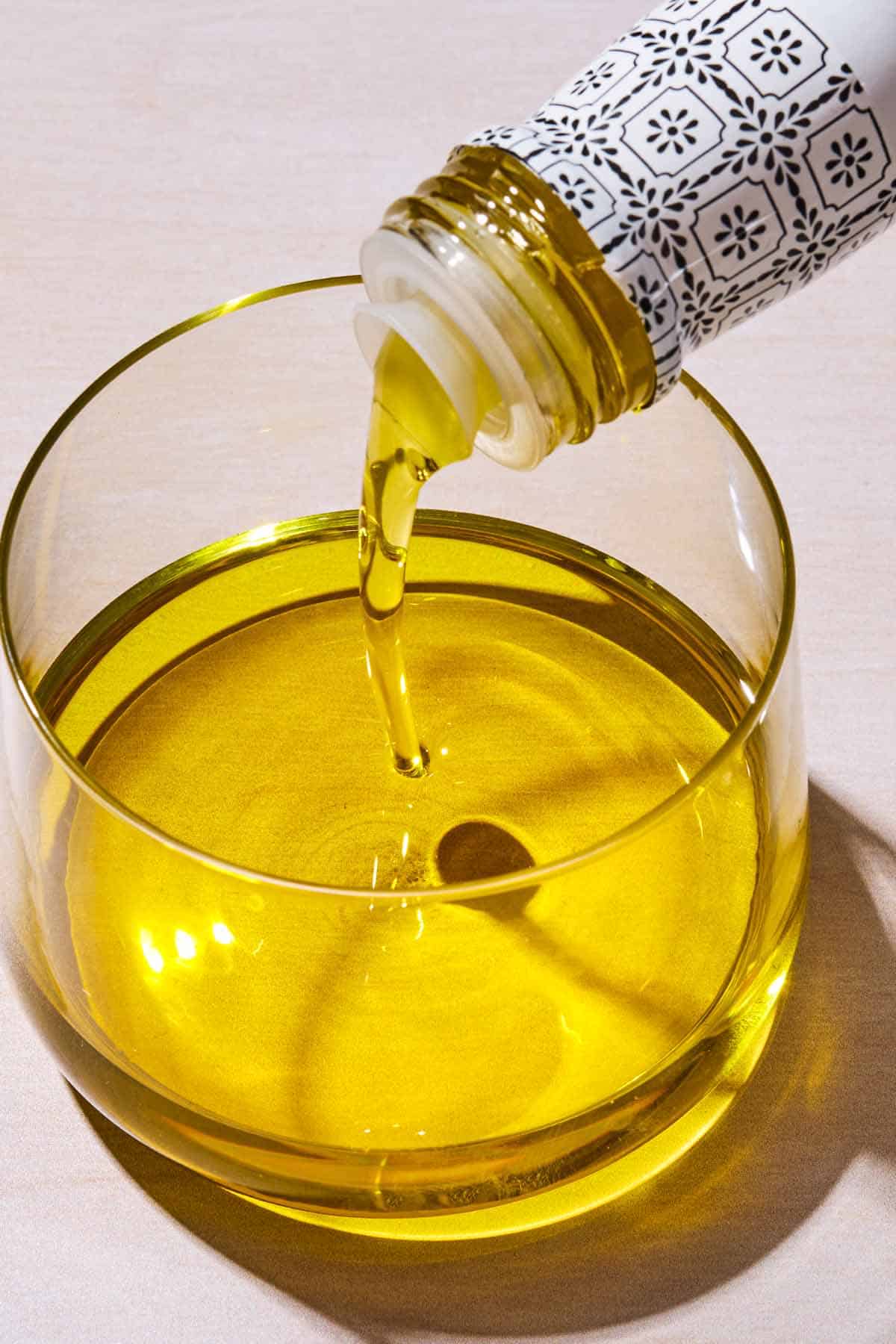
The one ingredient I reach for daily and my hands-down favorite Mediterranean pantry staple is extra virgin olive oil (EVOO). I use it for almost everything from salads and sautéeing to baking. One of the questions I hear most often is whether or not it’s safe to cook with olive oil. And the questions don’t stop there!
Extra virgin olive oil is a powerhouse food prized for its long list of health benefits. It’s rich in polyphenols, beneficial fatty acids, and antioxidants. It has been shown to fight inflammation, cancer cells, and eliminate harmful bacteria. EVOO plays a protective role in the Mediterranean diet; its consumption is linked with lower rates of cardiovascular disease and certain cancers.
Even so, there’s lots of conflicting information out there about cooking with olive oil, including persistent misinformation that olive oil is unstable or unsafe for cooking. People are unsure whether or not they can use olive oil for certain cooking tasks or if olive oil loses its health properties if heated.
Let’s dive a bit deeper into some common concerns specifically around cooking with olive oil, and lay out why EVOO is my cooking oil of choice.
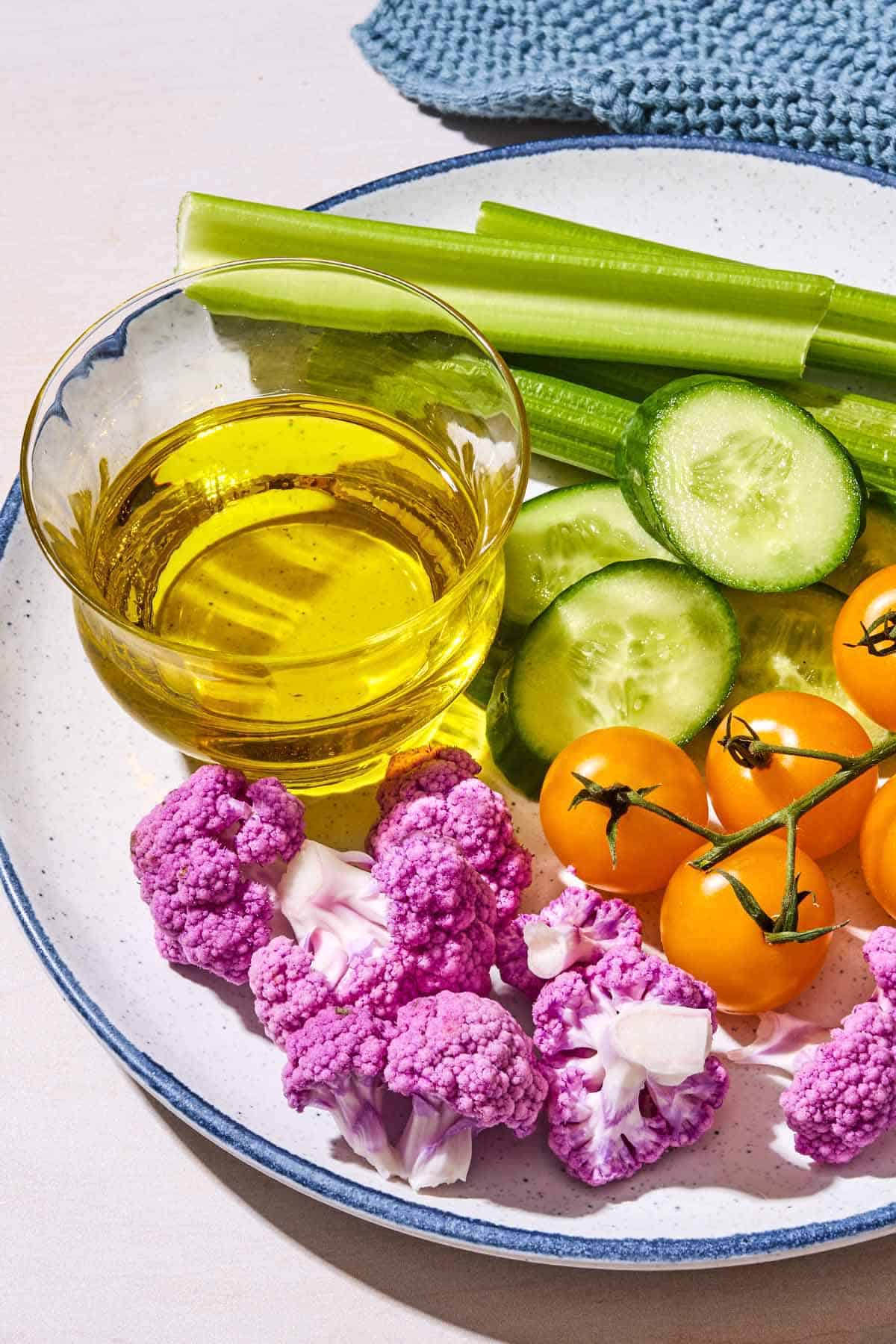
Table of Contents
- Can you Cook with Olive Oil?
- What is the Olive Oil Smoke Point?
- Olive Oil and Oxidative Stability
- Does EVOO Lose Health Benefits when Cooked?
- What is the Best Olive Oil for Cooking?
- Tips for Cooking with Olive Oil
- Can I Deep Fry with Olive Oil?
- Can I Bake with Olive Oil Instead of Butter?
- Recipes where Olive Oil Shines
Can you Cook with Olive Oil?
Yes, you can cook with olive oil! In fact, it is the main cooking fat in my Mediterranean kitchen.
I’ve heard the myths that olive oil is not safe to cook with because heating it causes the oil to break down into harmful compounds. These ideas have been proven wrong by multiple government and academic agencies including the Culinary Institute of America.
The research has demonstrated that not only is olive oil safe for cooking (even high heat cooking), but it also ranks first among cooking oils in terms of health.
In general, cooking with extra virgin olive oil at a low temperature for a short time preserves the highest amount of beneficial phenolic compounds (and flavors). While the smoke point of olive oil (more on this later) is lower than other cooking oils, it’s able to remain stable at high heat, which is a good thing.
I use extra virgin olive oil for pretty much everything from making the perfect Greek salad dressing and basil pesto, to a light pasta sauce, or a marinade for my grilled chicken and beef kebabs, or to roast vegetables.
EVOO is the start of every delicious pot of stew or pan of perfectly crispy Brussels sprouts I’ve made. And yes, I even bake with it!
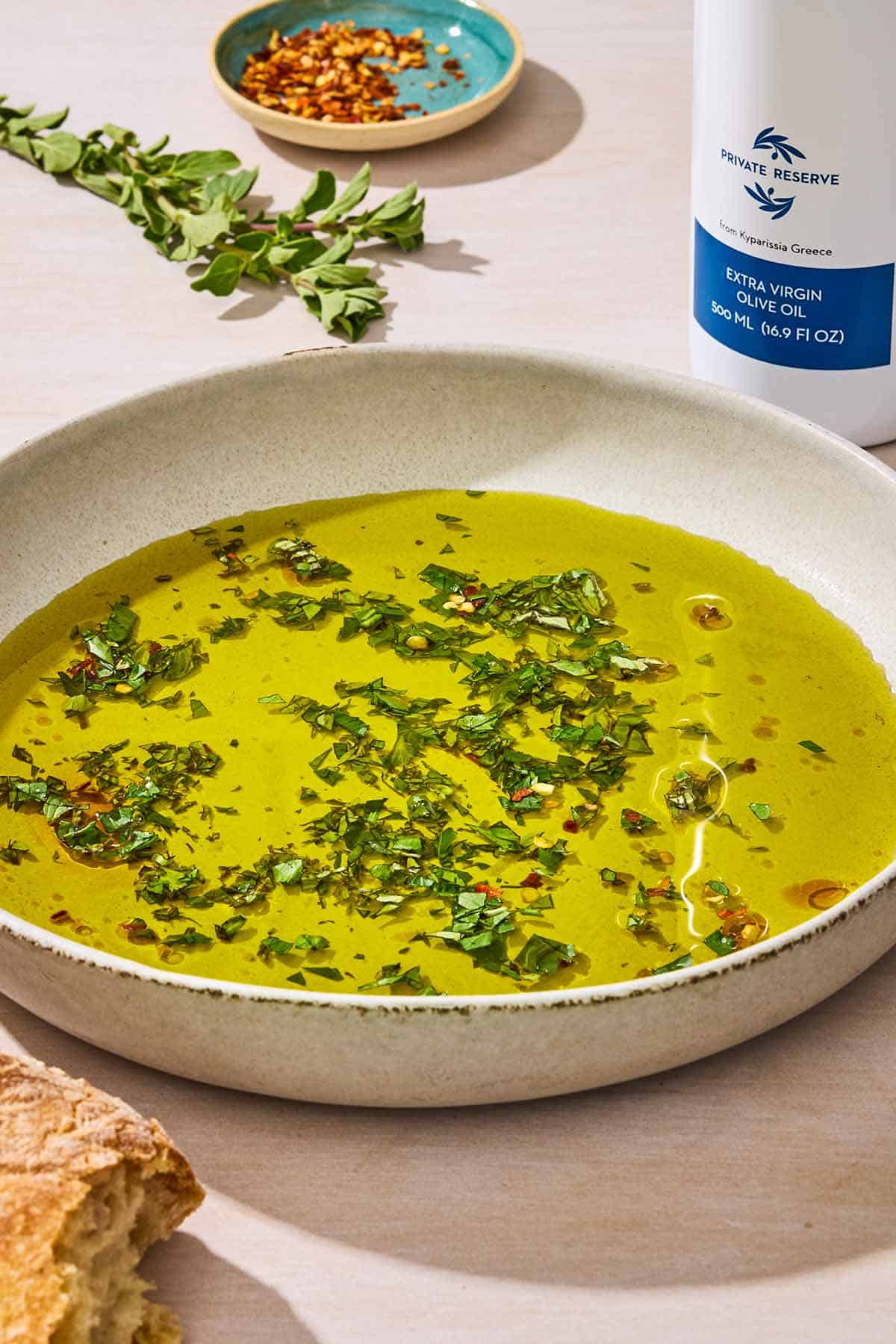
What is the Olive Oil Smoke Point?
One of the main concerns fueling the question, “Can you cook with olive oil?” is that of smoke point. The smoke point of any fat is the temperature at which it starts to break down and smoke.
The smoke point of olive oil ranges between 374°F and 450°F (190 to 232°C), depending on the type of olive oil.
The final word on smoke point is that olive oil is perfectly safe to use even at high temperatures. Also, when cooking with oil, one should focus on not just smoke point but the oxidative stability (more on this in the next section). Here’s how olive oil compares to the smoke point of other common cooking fats:
- Butter – 302°F
- Unrefined coconut oil – 350°F
- Canola oil – 400°F
- Grapeseed oil – 420°F
- Sunflower oil – 440°F
- Vegetable oil – 400 to 450°F
- Peanut oil – 450°F
- Refined coconut oil – 450°F
- Corn oil – 450°F
- Olive Oil – 374-450°F
- Avocado oil – 570°F
The smoke point of extra virgin olive is 374°F, but olive oils specifically labeled “pure” or “light” have a smoke point of up to 450°F. Check out our full guide Olive Oil 101 for more information on different types of olive oil and how they’re produced.
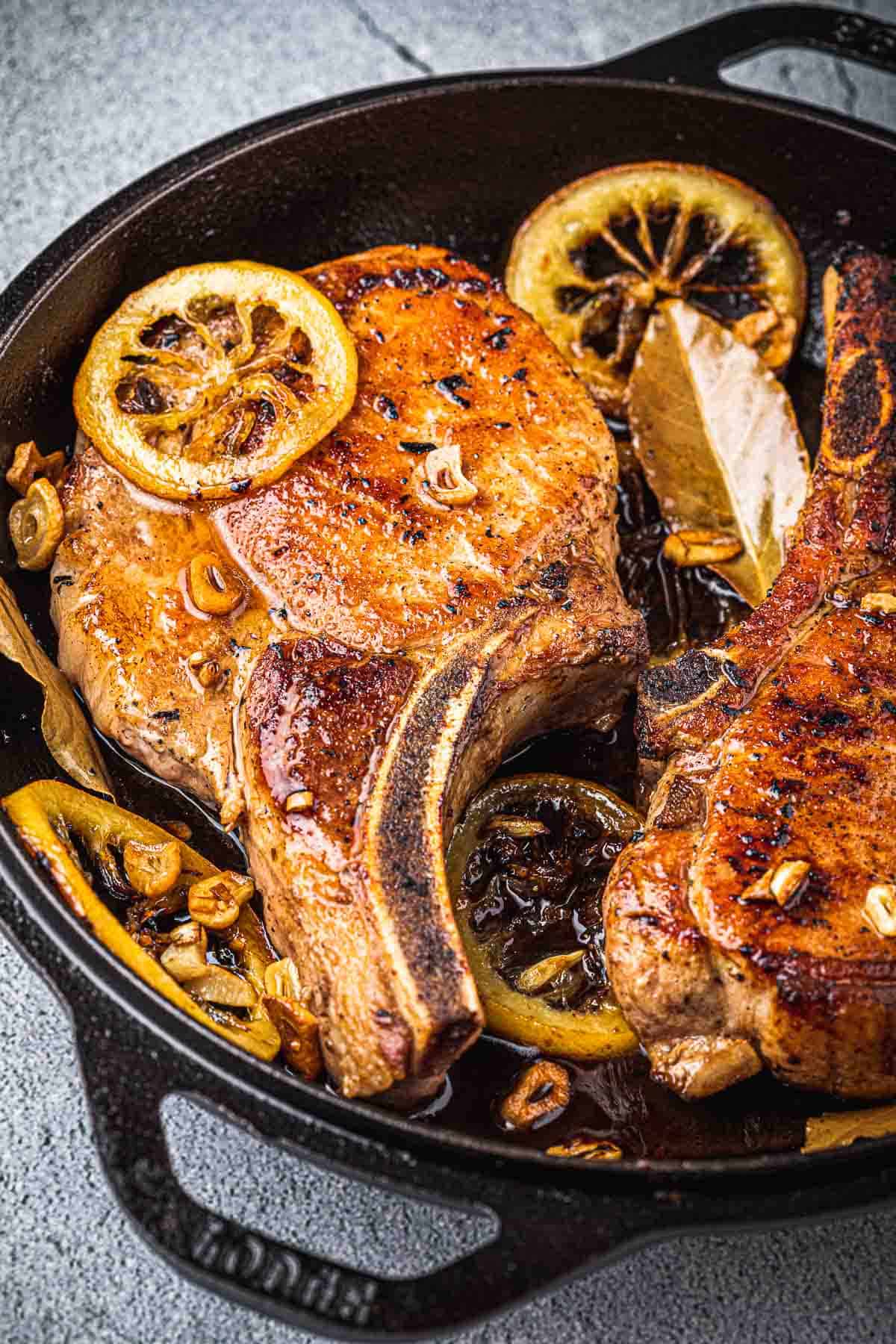
Olive Oil and Oxidative Stability
Studies of various cooking oils have found that the smoke point doesn’t accurately predict an oil’s safety. Its oxidative stability is more important metric.
Oxidative stability quantifies how resistant the oil is to breaking down when exposed to oxygen, heat, and light. EVOO stands out for its oxidative stability, producing fewer harmful compounds due to antioxidants and its fatty acid profile.
Extra virgin olive oil is rich in monounsaturated fatty acids (MUFAs), which are quite heat stable. Compared to saturated and trans fats, MUFAs are considered healthy fats that are anti-inflammatory, heart healthy, and may help with weight loss. Another type of fat that is also considered healthy, but that we should be concerned about cooking are polyunsaturated fats (PUFAs), which are unstable at high heat.
A 2018 study exposed oils to different levels of heat found that oils higher in PUFAs (such as corn oil) produced twice the amount of harmful compounds of extra virgin olive oil — despite corn oil’s much higher smoke point.
Antioxidants also play a role in oxidative stability. Antioxidants help protect against oxidation — so the more an oil has, the better. Extra virgin olive oil has high levels of antioxidants because it is not refined, which makes it better equipped against oxidation. Vegetable oils and other refined oils have very low antioxidant levels, and therefore have lower oxidative stability even if they have higher smoke points.
This study tested different olive oils for frying, comparing their stability with vegetable oil. Extra-virgin and other olive oils held up better, lasting 24 to 27 hours compared to vegetable oil’s 15 hours. Extra-virgin olive oil and other types of olive oils showed less oxidation. Vegetable oil oxidized quickly under heat. Overall, olive oils proved highly resistant to frying, with natural antioxidants helping them stay stable regardless of type.
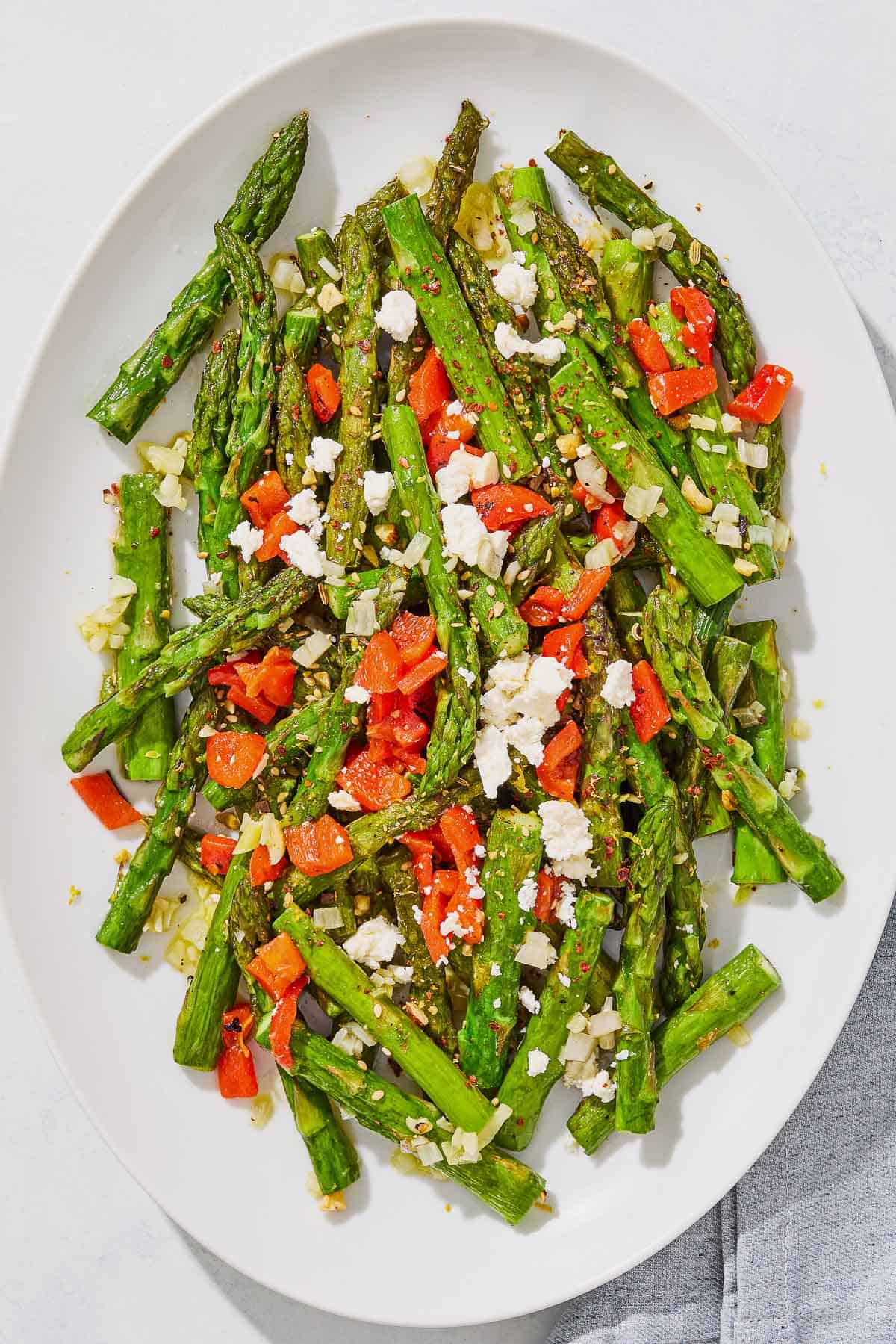
Does EVOO Lose Health Benefits when Cooked?
The main thing that happens when olive oil is heated is that some of the flavor compounds will evaporate. Exposure to heat reduces the amount of polyphenols in olive oil, but in this study healthy antioxidant and polyphenol numbers remained quite high even when olive oil was heated.
In this study, two extra-virgin olive oils, from Arbequina and Picual olives, were heated to 356°F for 36 hours to test how heat affected their quality. While both oils lost some antioxidants, key compounds like oleic acid (an omega-3 fatty acid), sterols, and squalene remained stable in both oils. Despite heat exposure, both oils kept most of their beneficial components, retaining much of their nutritional value.
This means that some of the rich, pungent flavor of extra virgin olive oil is lost in the cooking process. However, in many cooking applications, the oil retains many of beneficial nutrients.
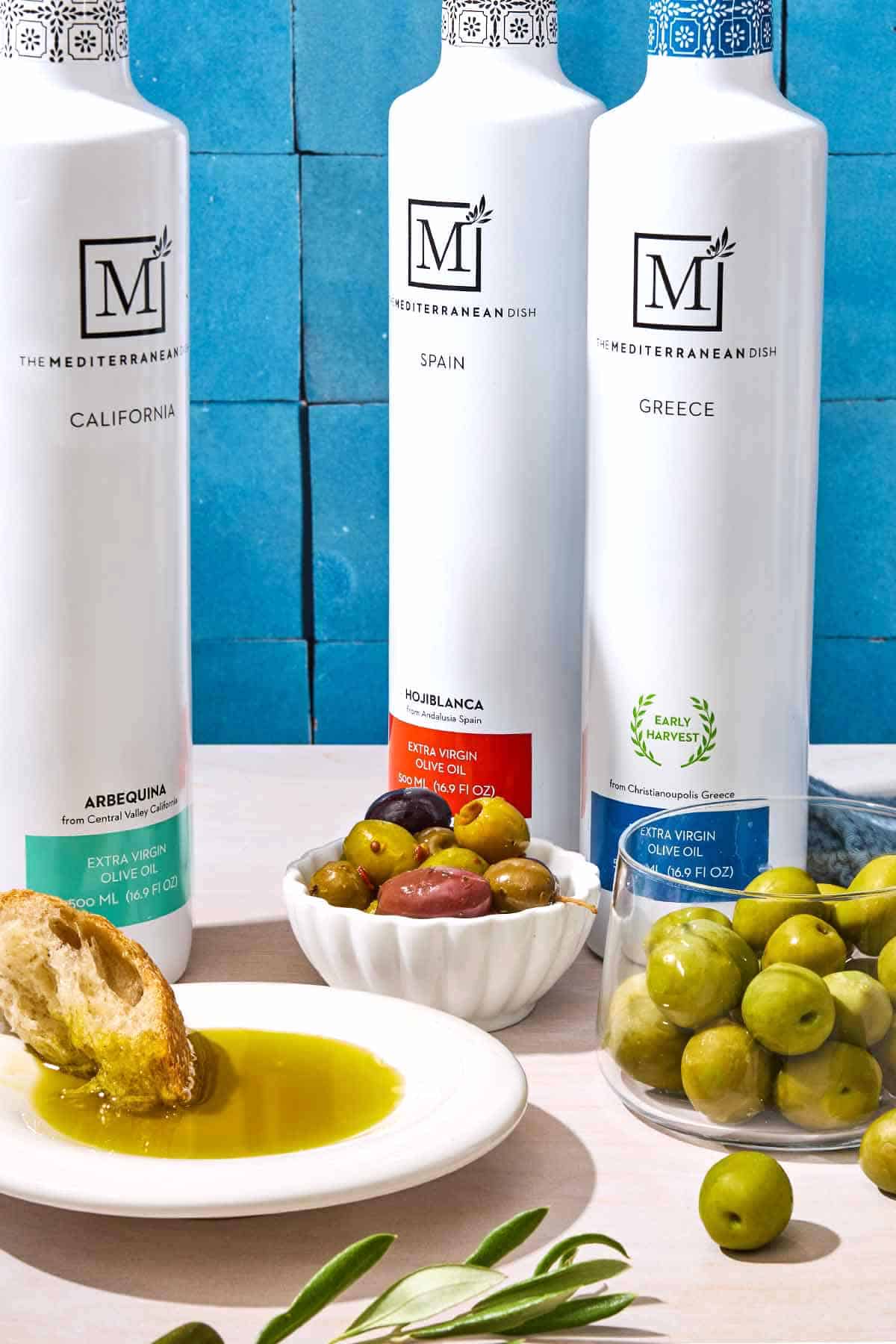
What is the Best Olive Oil for Cooking?
The reason I most love cooking with extra virgin olive oil is FLAVOR! Good olive oil complements and enhances the other ingredients in a dish. You can find the olive oils I use daily in our online shop.
There are hundreds of cultivars of olive and each one has its own profile. Olive oils range in taste from buttery to peppery, with varying levels of intensity based on the type of olive.
For a deep dive into to tasting olive oil, check out How To Taste Olive Oil: A Step-By-Step Guide. Here are the basics of selecting an olive oil to complement the flavor of any dish:
- Our Arbequina Olive Oil from sunny California is a great all-purpose oil used in everything from sauteeing to baking. It has a light peppery flavor with notes of fresh herbs and tropical fruit.
- If you like a fruity olive oil with medium intensity, try our Italian Nocellara EVOO. To many who are not big users or olive oil, this is a good one to try because it is mild and not too peppery. It is also delicious with freshly-picked tomatoes, vegetables and even great for baking.
- If you like a moderately intense olive oil with a slight bitterness and a bit of peppery finish, our Spanish Hojiblanca EVOO and our Private Reserve Greek EVOO are good options. I use them regularly in most of my cooking.
- Our Early Harvest Greek EVOO is likely the most intense of the olive oils we carry. It is a prized oil from early-picked olives and has a bold finish. I especially love it on salads or in olive oil pasta where the sauce is just warmed.
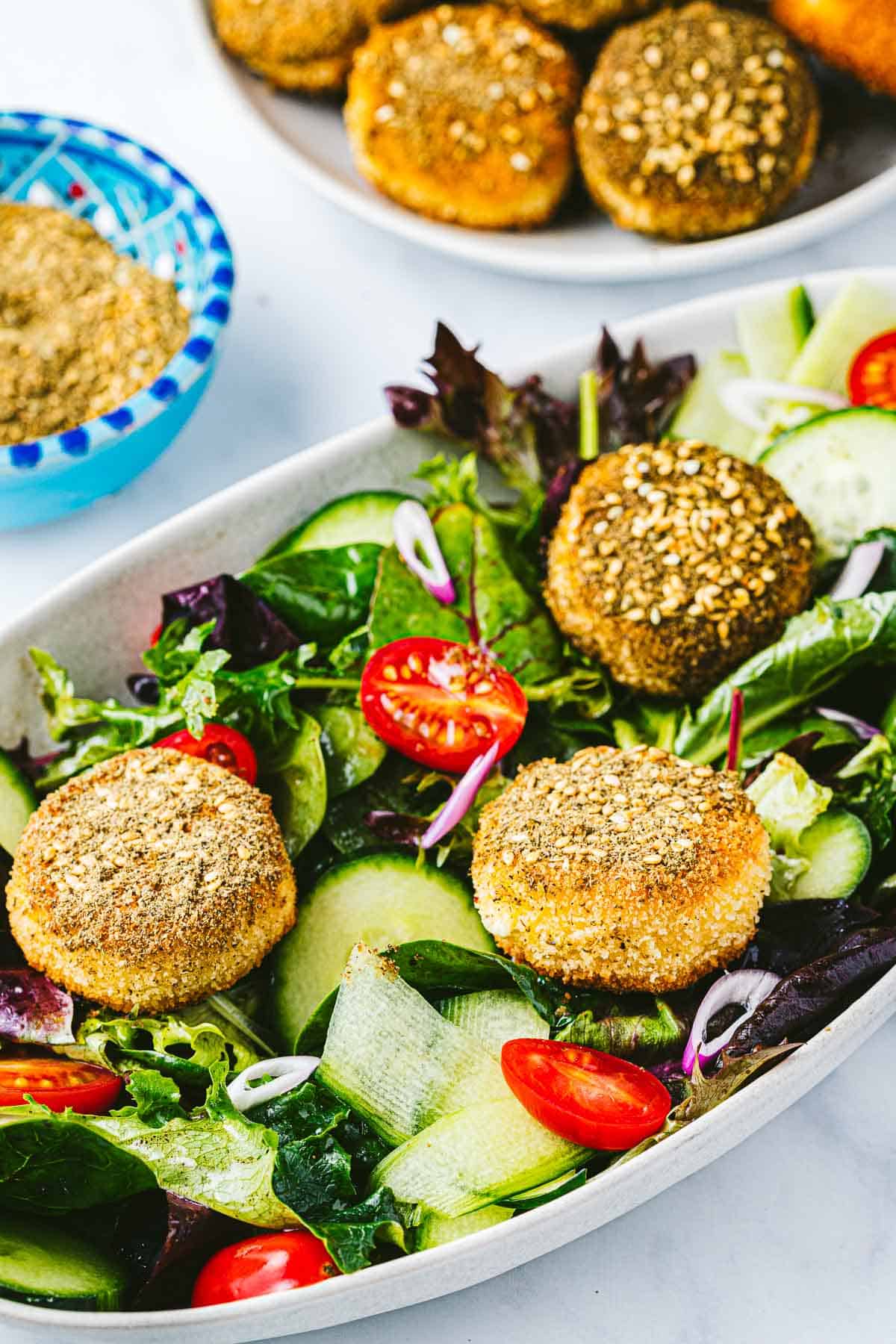
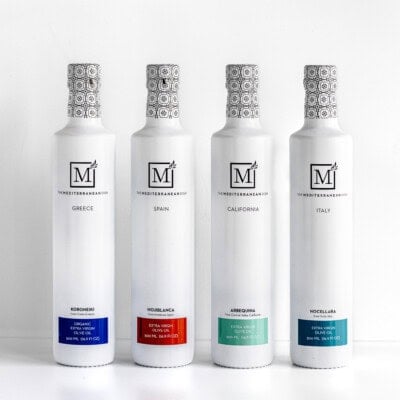
Everyday Olive Oil Bundle
Four of our top-selling olive oils, perfect for everyday use.
Tips for Cooking with Olive Oil
There are a couple of things I recommend when cooking with olive oil.
- Don’t crank the heat: For best flavor, pay attention when heating your olive oil. I often say to heat the oil until shimmering, but not smoking. This means you may see the oil begin to move. A slight sheen will show on the surface with tiny bubbles beneath. At this point, your oil is hot enough to cook with and does not need to be heated further.
- Watch the splatter: A splatter guard or screen is a must-have! Hot olive oil may begin to splatter, especially when cooking wetter ingredients. I recommend a splatter screen to help avoid burns and little oil stains on your clothes. They come in different sizes to suit your skillets, and are a great way to safely cook with olive oil.
- Store it right: Keep olive oil in a cool, dark place to protect its flavor and nutrients. Avoid storing it near heat or in direct sunlight. A cool dark place, like a pantry or cabinet, is best.
- Use it up: A bottle of unopened extra virgin olive oil will last for 18 to 24 months. Once opened, it’s best to use the olive oil within 3 months or it can begin to oxidize. Don’t save them for a special occasion; the sooner you use them, the better they will taste!
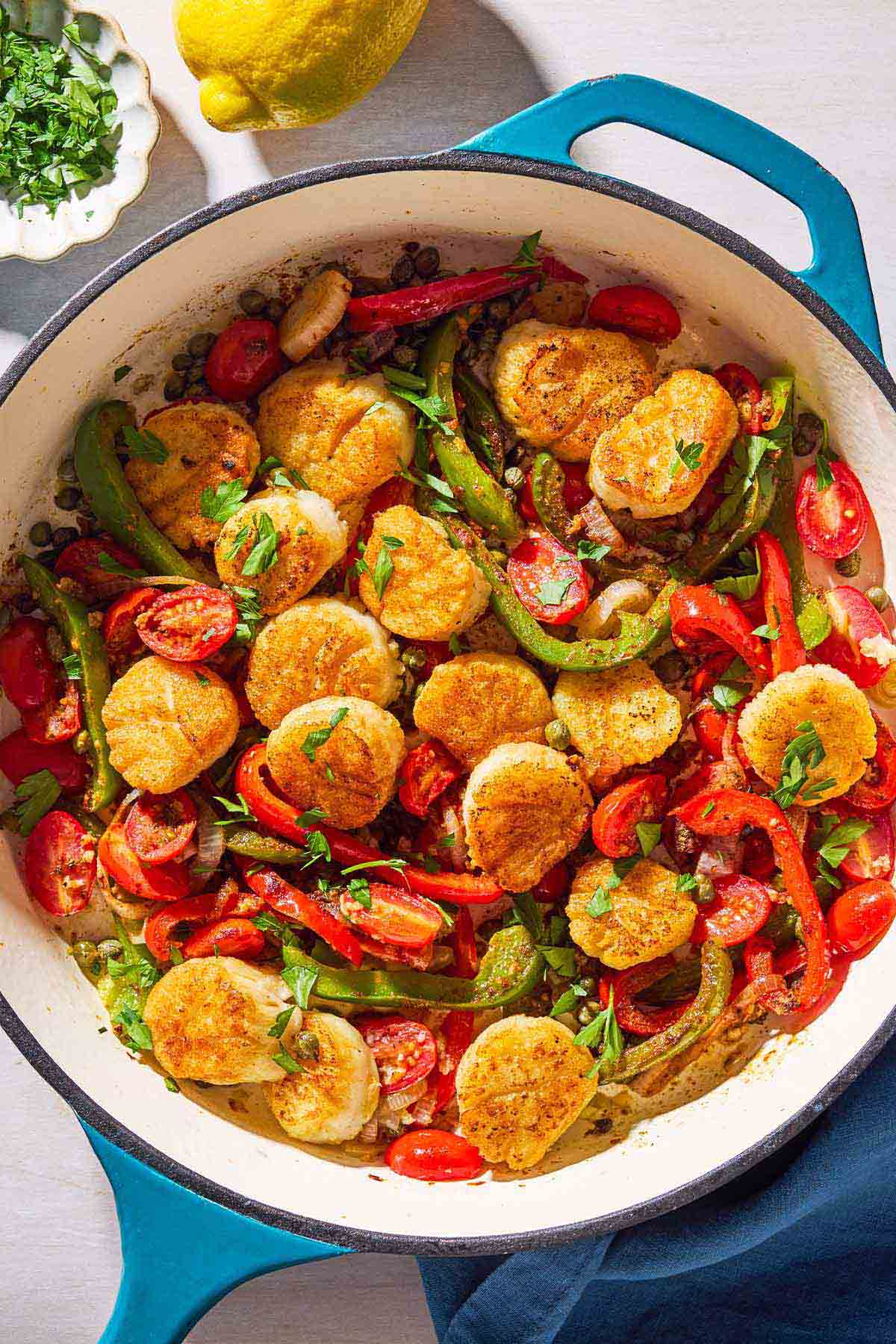
Can I Deep Fry with Olive Oil?
You can use extra virgin olive oil instead of vegetable oil in most cases. There is really only one instance when I would recommend using another oil instead of extra virgin olive oil: deep-frying.
I rarely deep-fry food. When I do make a batch of cannoli or arancini, I reach for a cheaper, neutral-tasting oil. My preferred alternative for frying is grapeseed oil.
One of the main reasons why is that quality extra virgin olive oil is relatively pricey. Deep frying requires a lot of oil, and it seems a waste to use so much only to discard it.
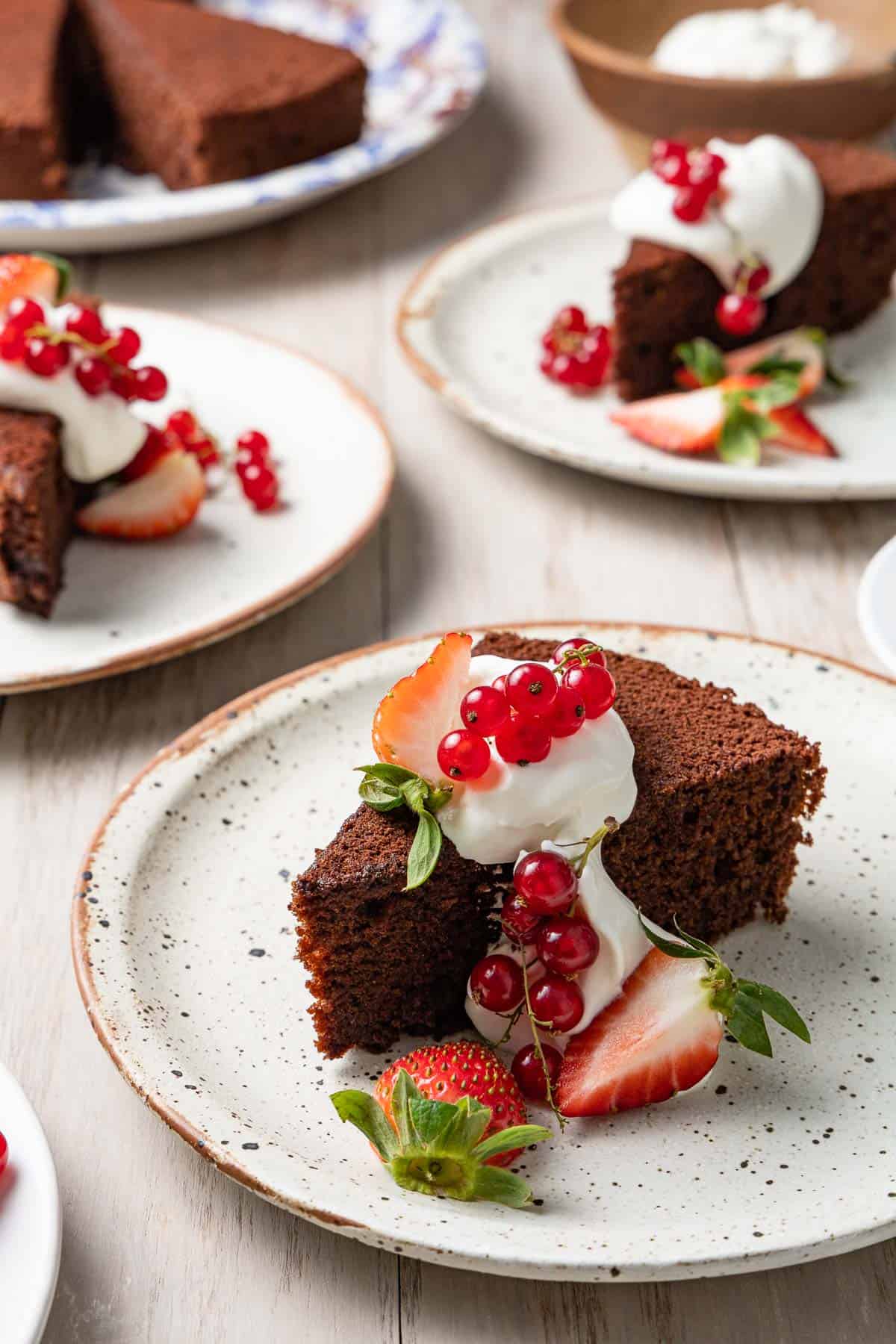
Can I Bake with Olive Oil Instead of Butter?
You can absolutely use olive oil in baking recipes, both savory and sweet. I use it to make whole wheat bread, blueberry muffins, chocolate cake, and so much more.
Check out Baking With Olive Oil for complete instructions on using olive oil in place of butter in baking recipes. I recommend using a fruity rather than peppery olive oil for sweet recipes. I like our mild and buttery Arbequina Olive Oil for baking.

Everyday Olive Oil Bundle
Four of our top-selling olive oils, perfect for everyday use.
Recipes where Olive Oil Shines
Appetizer and Mezze
Creamy Whipped Feta Dip
Italian
Spaghetti Aglio e Olio
Sides and Small Plates
Olive Oil Fried Brussels Sprouts with Mushrooms and Cranberries
Fish and Seafood
Baked Cod Recipe with Lemon and Garlic
As always, please remember the information shared here on The Mediterranean Dish is intended for your general knowledge. It is not intended as medical advice. Please be sure to consult your healthcare provider before trying a new diet or way of eating.
Browse all Mediterranean recipes.
Visit Our Shop.
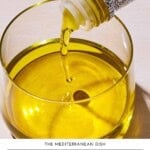
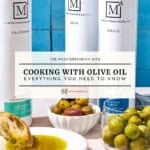
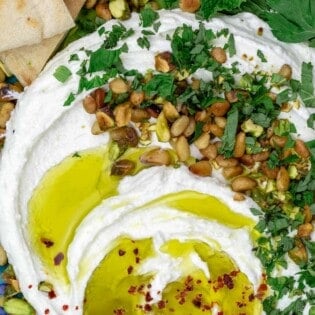
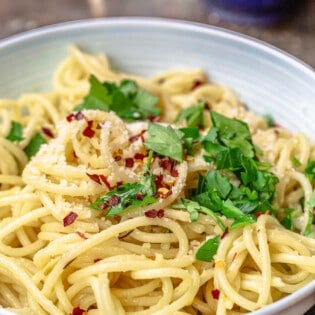
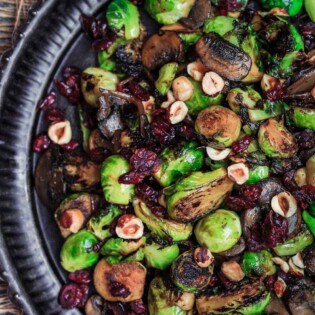
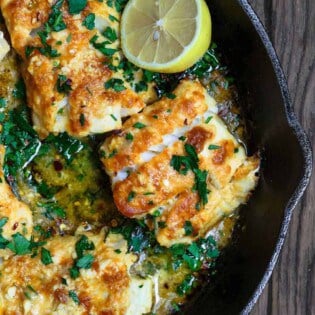
Thank you for sharing, i have never tried it but I will try to cooking with it.
Thanks this is really helpful, I always deep dry a lot with olive oil.
Suzy, thank you for this.
You are very welcome, Ploni. Hope you found the info helpful!